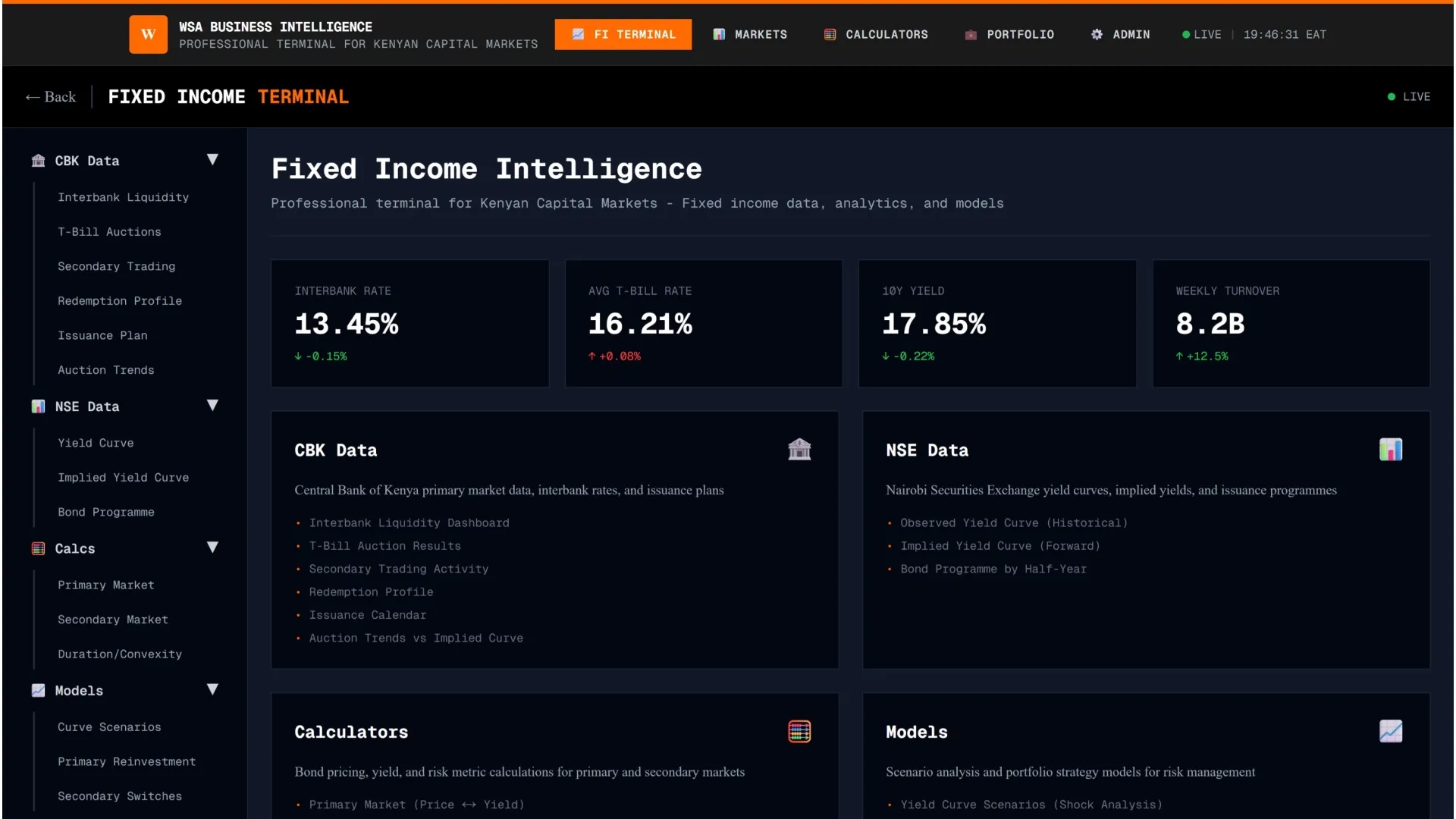Kenyan Saccos reaped from the high interest rates on loans by commercial banks to net more customers looking for cheaper loans.
- •Commercial banks have shown reluctance in cutting their charges on loans despite a third consecutive reduction on the Central Bank Rate to 11.25 per cent, from the initial 12 per cent and 12.75 per cent in October and August, respectively.
- •According to the 2024 FinAccess Household Survey, the overall SACCO usage improved from 9.6 percent to 11.7 percent, as more individual households joined saccos which offered loans at a relatively lower rate during the high interest rate period.
- •Mobile channels (e.g., USSD, apps, pay bills, POS, and ATMs) emerged as the most preferred usage mode at 70.6 percent, surpassing traditional SACCO usage (branches and headquarters) at 66.1 percent.
Notably, rural users showed a higher preference for traditional channels at 75.1 percent compared to 60.7 percent in urban areas, reflecting differing levels of access and technology adoption.
Additionally, older users (above 55 years) demonstrated a strong inclination toward traditional channels, with 80.2 percent opting for traditional usage versus 41.8 percent for mobile channels, highlighting a significant generational gap in technology adoption
SACCO usage by channels
Traditionally, SACCO members primarily accessed services at SACCO headquarters, a practice now standing at just 1.1 percent as the sector has embraced the technological revolution.
SACCOs have adopted modern service delivery channels such as agency banking, internet platforms, and mobile technologies, significantly transforming member interactions.
Despite the shift towards technology, SACCO members continue to express strong confidence in branch-based services, particularly in rural areas, where usage remains high at 66.7 percent, compared to 52.0 percent in urban settings.
In contrast, urban members show higher adoption rates of digital payment options such as Paybill services, with usage at 28.5 percent compared to 14.3 percent in rural areas. Interestingly, female members prefer this channel more strongly than male members, potentially due to its simplicity and accessibility.
Mobile phone-based platforms, including apps and USSD, have also gained traction, with urban users slightly leading at 56.8 percent compared to 44.1 percent in rural areas. However, gender differences in mobile usage reveal that males dominate at 51.6 percent compared to 47.8 percent among females, a gap attributed to the perceived complexity of these technologies.
These insights highlight the evolving landscape of SACCO service delivery, emphasizing the importance of addressing barriers to technology adoption, particularly in rural areas and among female users. Tailored training and simplified user interfaces could enhance inclusivity and accelerate the shift toward digital channels.
“The majority of respondents who ceased using SACCOs identified voluntary withdrawal (51.7 percent) and an inability to maintain their accounts (46.2 percent) as the primary reasons for discontinuation. Interestingly, urban respondents were more likely to cite voluntary withdrawal compared to their rural counterparts, at 51.1 percent versus 47.4 percent, respectively.”




